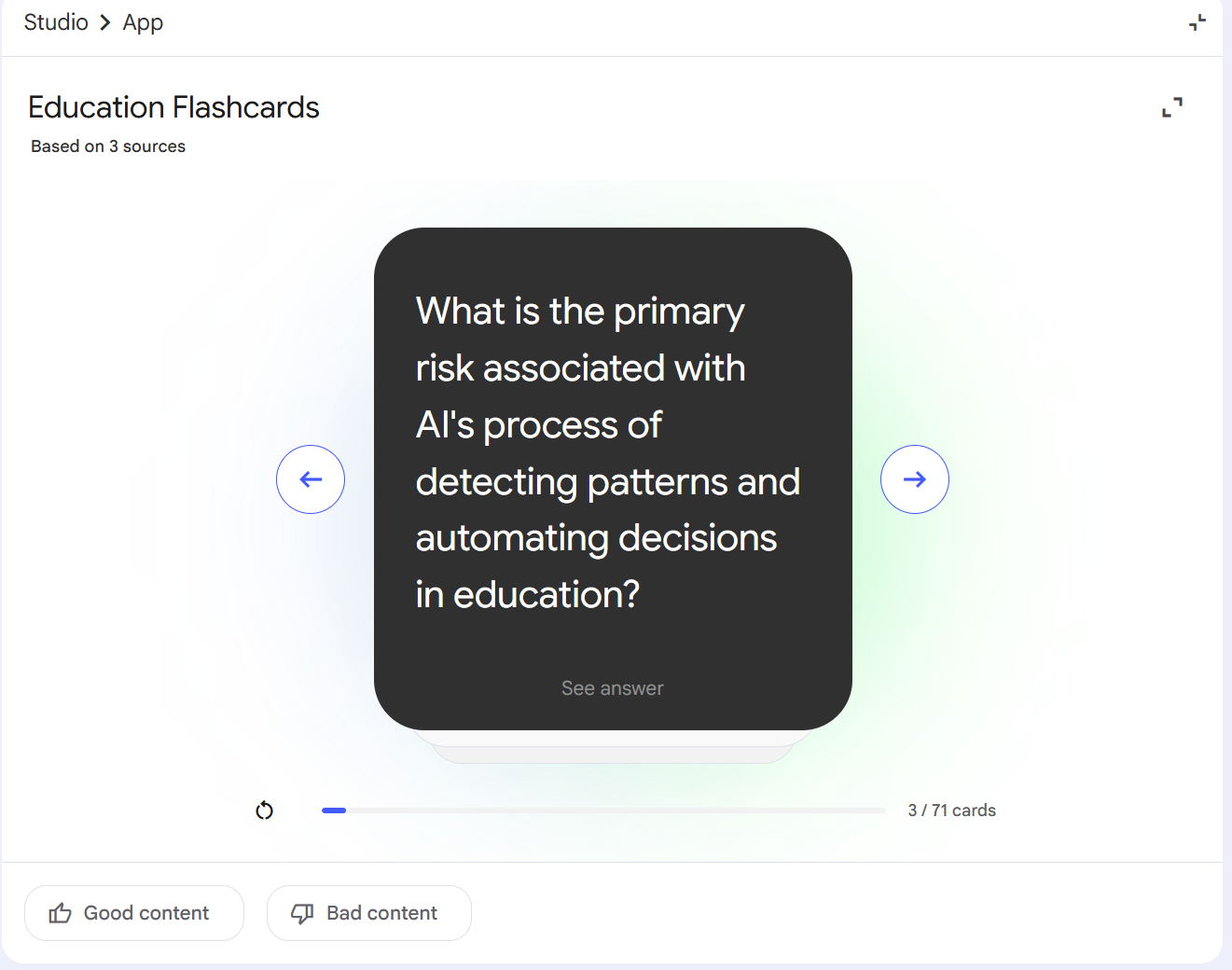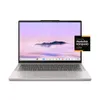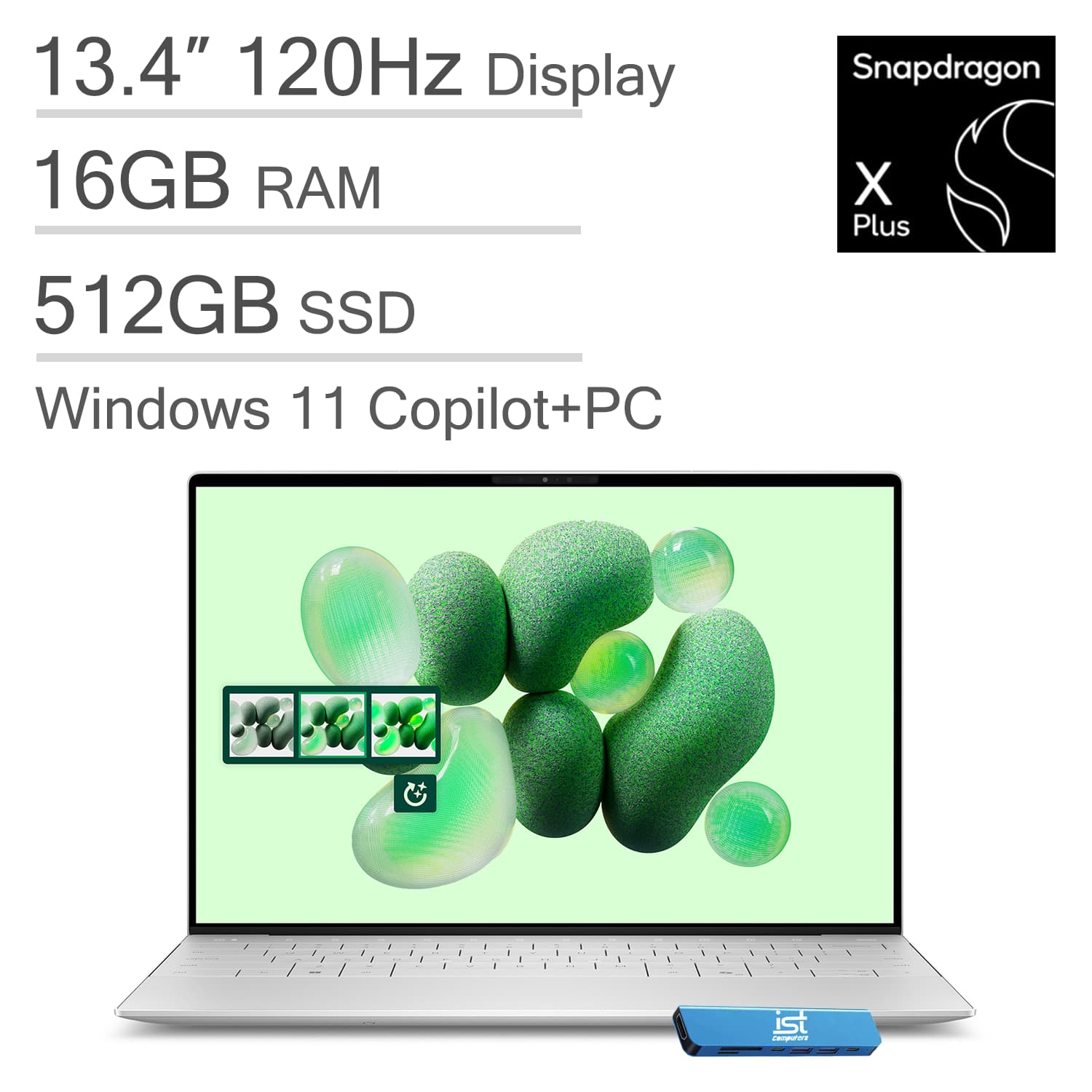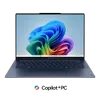Google’s NotebookLM just got its best update yet — and it’s a game changer for productivity
The latest feature changed how I focus and learn

When I first tried NotebookLM, Google’s experimental note-taking assistant powered by Gemini, I loved the idea but rarely used it. I’ve been out of school for a while and although I thought the idea was nice, I didn’t think it was completely for me. Sure, it could summarize my documents and highlight key takeaways, which I frequently use, but that wasn't enough to hook me. Frankly, other popular chatbots can do the same thing, so I moved along.
Fast-forward to now — Google just added flashcards and quiz capabilities, and suddenly this tool has real staying power.
The update means NotebookLM no longer just summarizes what you upload, it tests you on it. Whether you’re a student, a writer juggling research (hi, it’s me) or just someone trying to make sense of the constant information firehose, this update makes NotebookLM a game changer for just about anyone. It’s turning into my own personal study coach.
From note summarizer to study buddy
With the new update, you can upload any document such as a PDF, transcript or even a messy set of notes, and NotebookLM automatically generates:
- Flashcards that break down key ideas, terms, and summaries
- Quizzes you can customize by topic, number of questions, difficulty, and even language
You can also now choose which sources NotebookLM pulls from. That means if you’ve uploaded ten articles, you can focus your quiz or flashcards on just one or two.
It’s a small detail, but it makes the app feel focused in a way most AI tools don’t. And it’s available right now on web, Android and iOS.
Quick start
- Go to notebooklm.google.com or download the app
- Upload a PDF, webpage, or Google Doc
- Select Flashcards or Quiz from the Studio tab
- Choose topic, difficulty, and number of questions
- Review on mobile anytime
My test drive

For my experiment, I uploaded a long, slightly chaotic research doc I’ve been building with notes on AI automation for schools. Normally, I’d have to reread the whole thing to refresh my memory. Instead, NotebookLM spit out 30 flashcards in seconds.
Get instant access to breaking news, the hottest reviews, great deals and helpful tips.
I realized that this tool isn’t just for students cramming for finals. It’s a thinking aid for professionals like me.
There was everything from model comparisons to key takeaways about multimodality. These are all things I need to know inside and out for an upcoming podcast I’m guesting on.
Then I tried a 10-question quiz. The results weren’t perfect, but most of the questions were surprisingly relevant; I felt like it had skimmed my brain. It even included one trick question I almost got wrong. Touché, Google.
That was the turning point for me. I realized that this tool isn’t just for students cramming for finals. It’s a thinking aid for professionals like me. It’s given the ability to retain more of what I’m learning. NotebookLM is a useful way to recall information you already know but might have forgotten.
Why this update matters

Flashcards and quizzes might sound like back-to-school tools, but they tap into one of the strongest principles in learning science — retrieval practice. The act of recalling information strengthens memory far more than rereading. NotebookLM automates that process, removing the friction of building the cards yourself.
It also plays into a broader trend: AI as a personalized tutor. We’ve seen ChatGPT and Claude add study modes, but Google has an edge here. NotebookLM connects directly to your actual content — your documents, your research, your work. For people drowning in PDFs, academic papers or meeting notes, this is a quiet revolution.
The caveats

Like all AI tools, NotebookLM isn’t flawless. Sometimes the flashcards are too simplistic or the quiz questions are slightly off. You’ll still want to review and edit what it generates, but that’s part of the learning process, at least for me.
NotebookLM also works best with clean, text-heavy documents. Uploading scanned images or messy notes might lead to odd phrasing or missing details. And while it’s rolling out widely, not all regions have feature parity yet. Still, the update feels meaningfully useful.
Bottom line
After years of testing every AI tool under the sun, it takes a lot to surprise me. But this update genuinely does.
NotebookLM is no longer a passive summarizer, it's clear that this is a useful tool for students and professionals alike. If you’ve been curious about AI for learning, now’s the time to give this one a try.

Follow Tom's Guide on Google News and add us as a preferred source to get our up-to-date news, analysis, and reviews in your feeds.
More from Tom's Guide
- The one prompt I tell everyone new to AI to start with — and why it changes everything
- ChatGPT vs Gemini: I tested both to see which actually makes you more productive — here’s the winner
- Best AI gifts of 2025 — 11 smart gadgets that make perfect presents

Amanda Caswell is an award-winning journalist, bestselling YA author, and one of today’s leading voices in AI and technology. A celebrated contributor to various news outlets, her sharp insights and relatable storytelling have earned her a loyal readership. Amanda’s work has been recognized with prestigious honors, including outstanding contribution to media.
Known for her ability to bring clarity to even the most complex topics, Amanda seamlessly blends innovation and creativity, inspiring readers to embrace the power of AI and emerging technologies. As a certified prompt engineer, she continues to push the boundaries of how humans and AI can work together.
Beyond her journalism career, Amanda is a long-distance runner and mom of three. She lives in New Jersey.
You must confirm your public display name before commenting
Please logout and then login again, you will then be prompted to enter your display name.










